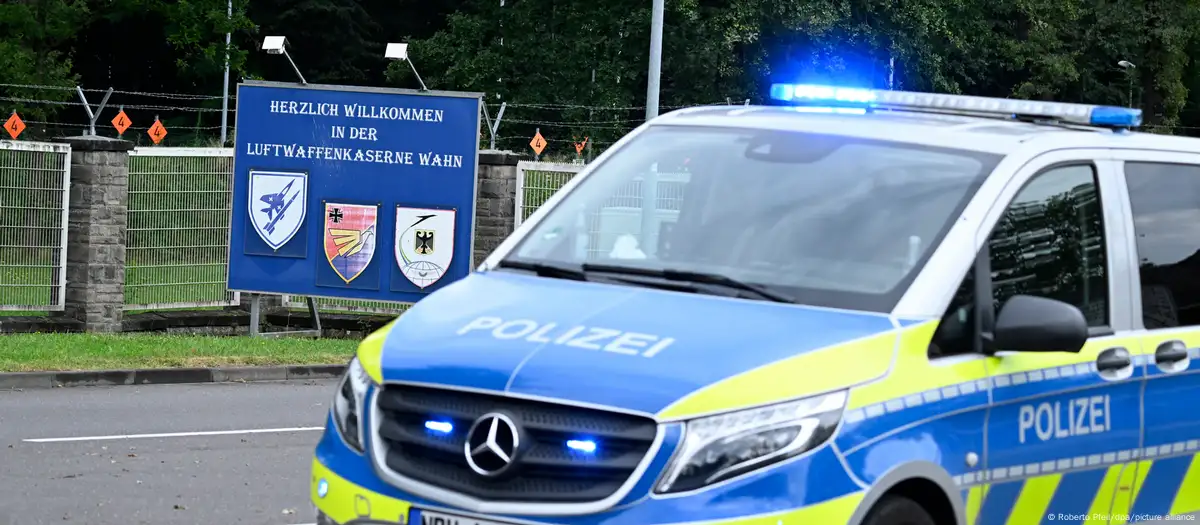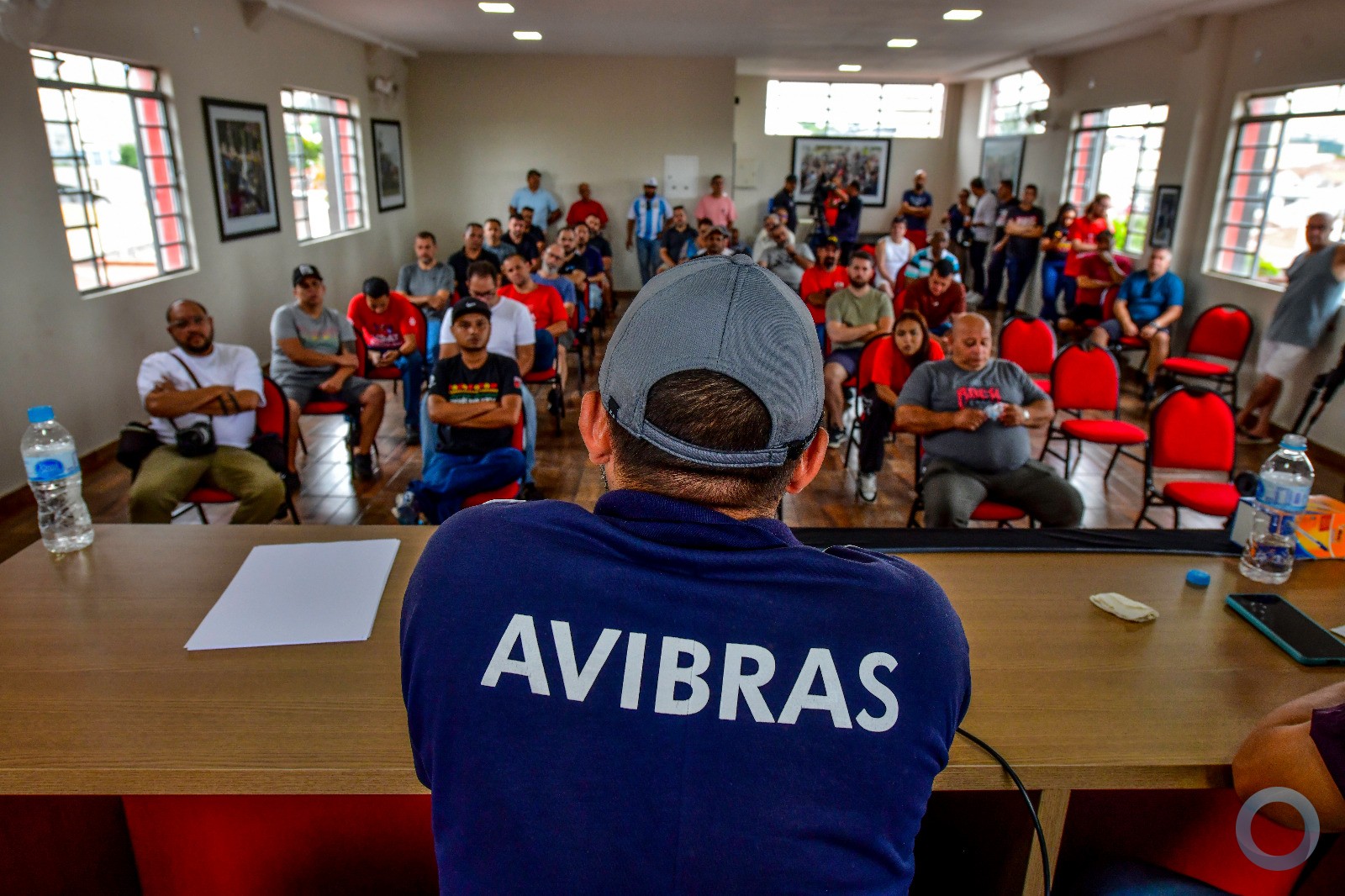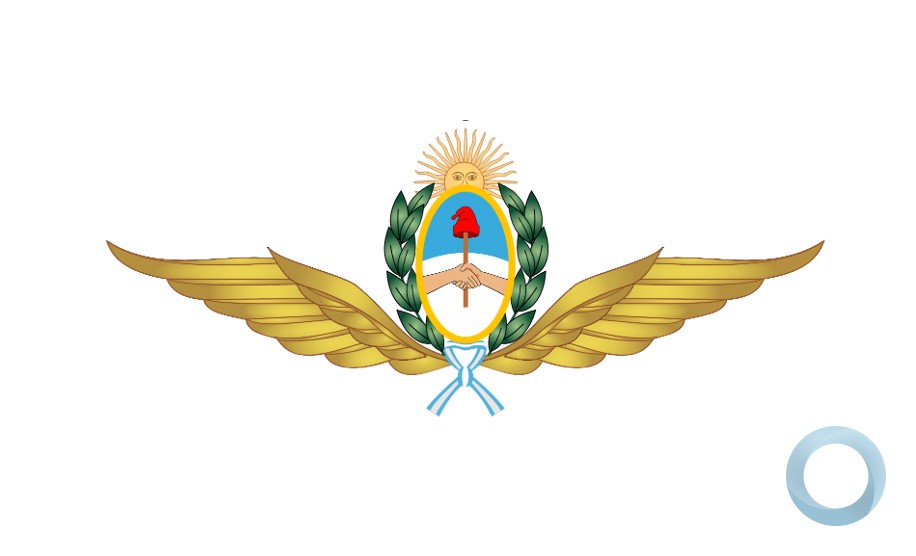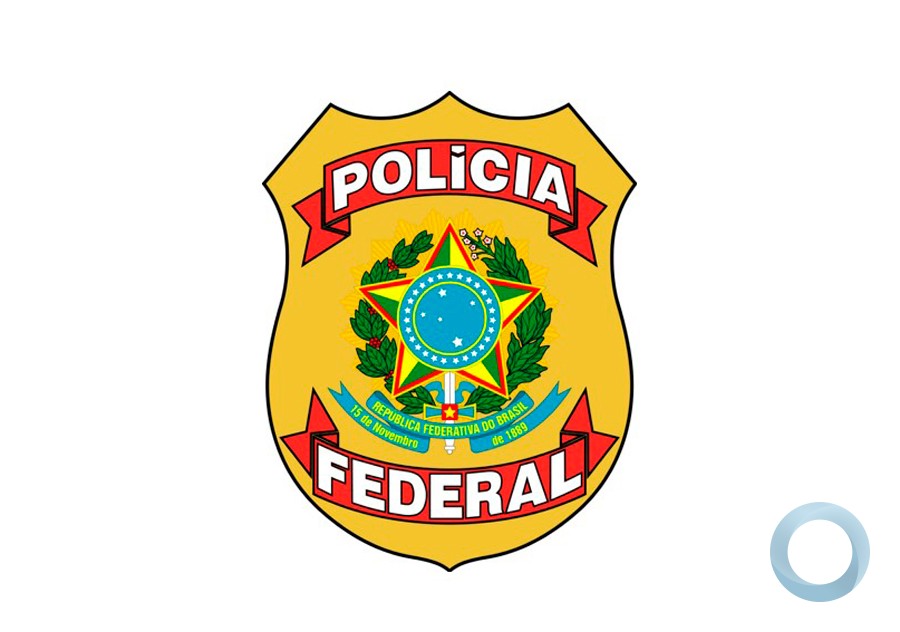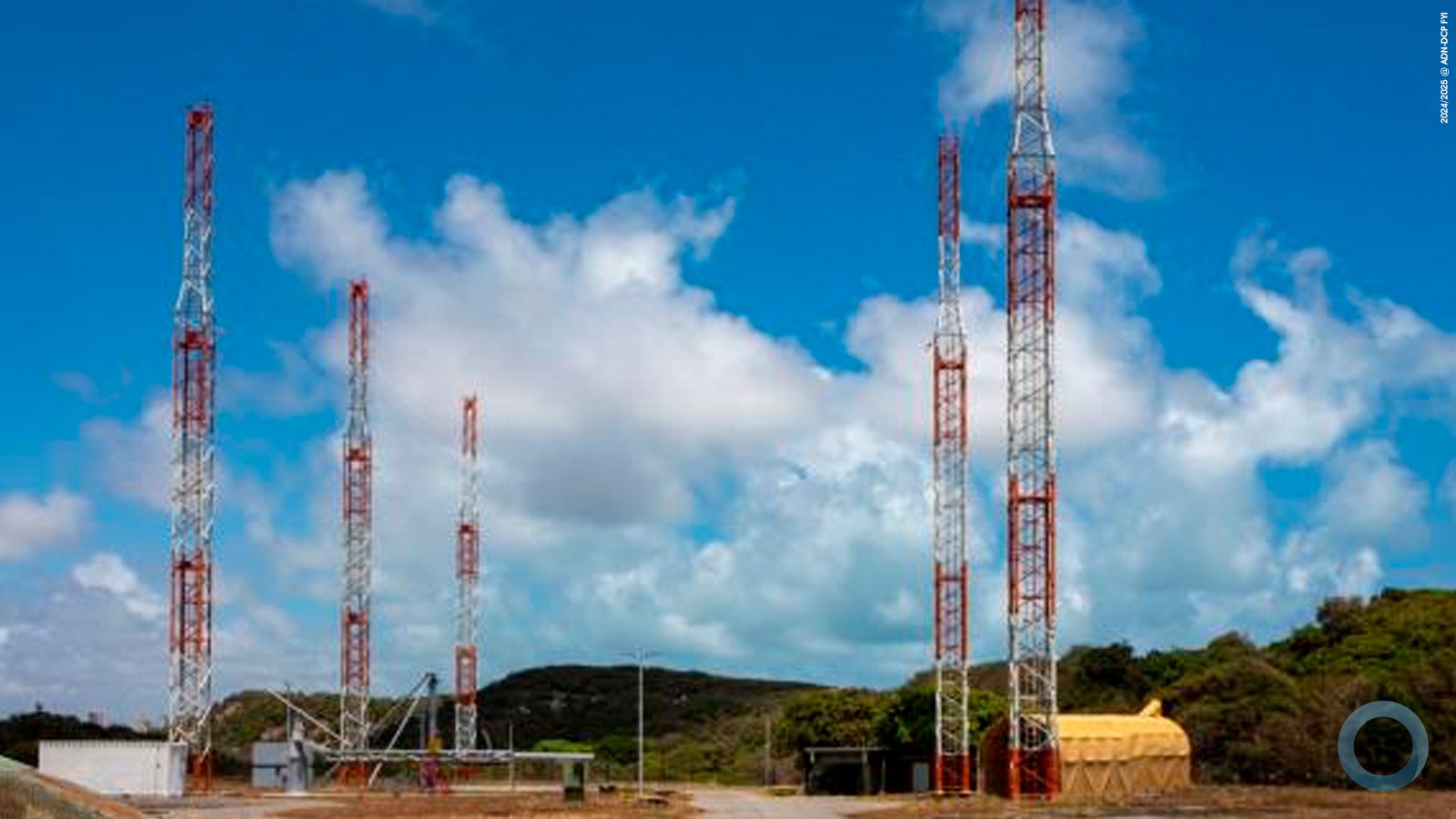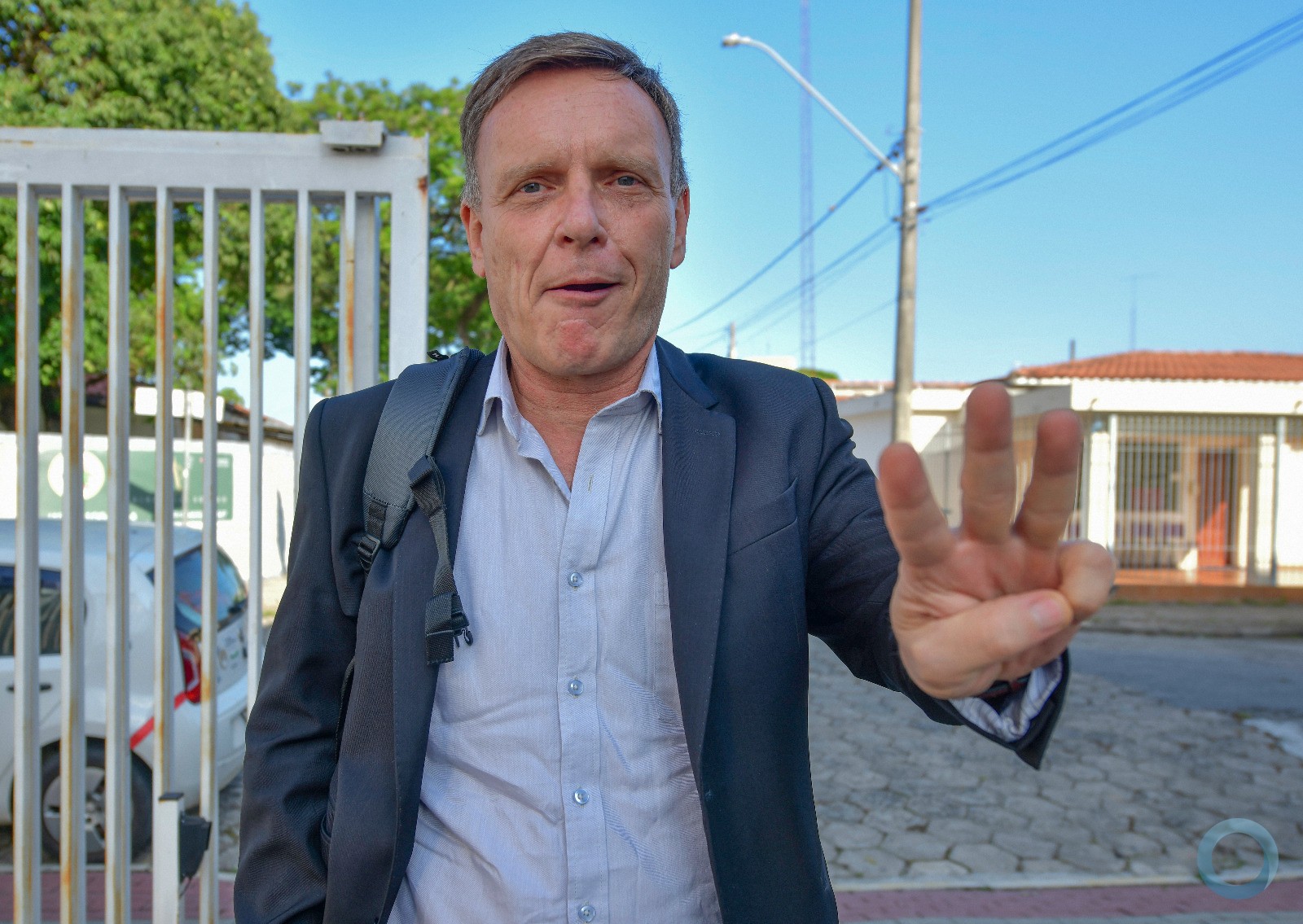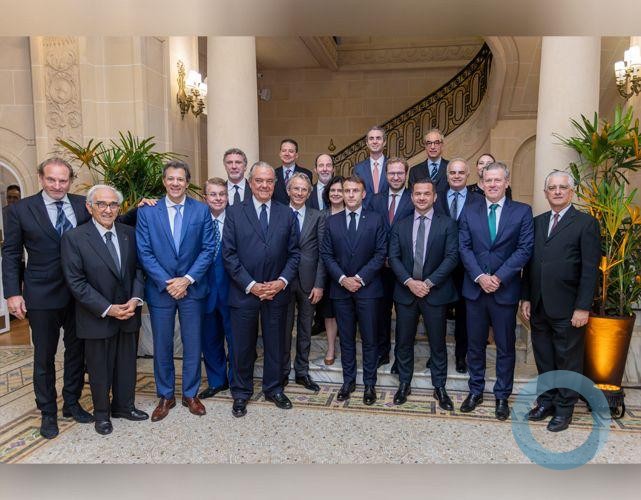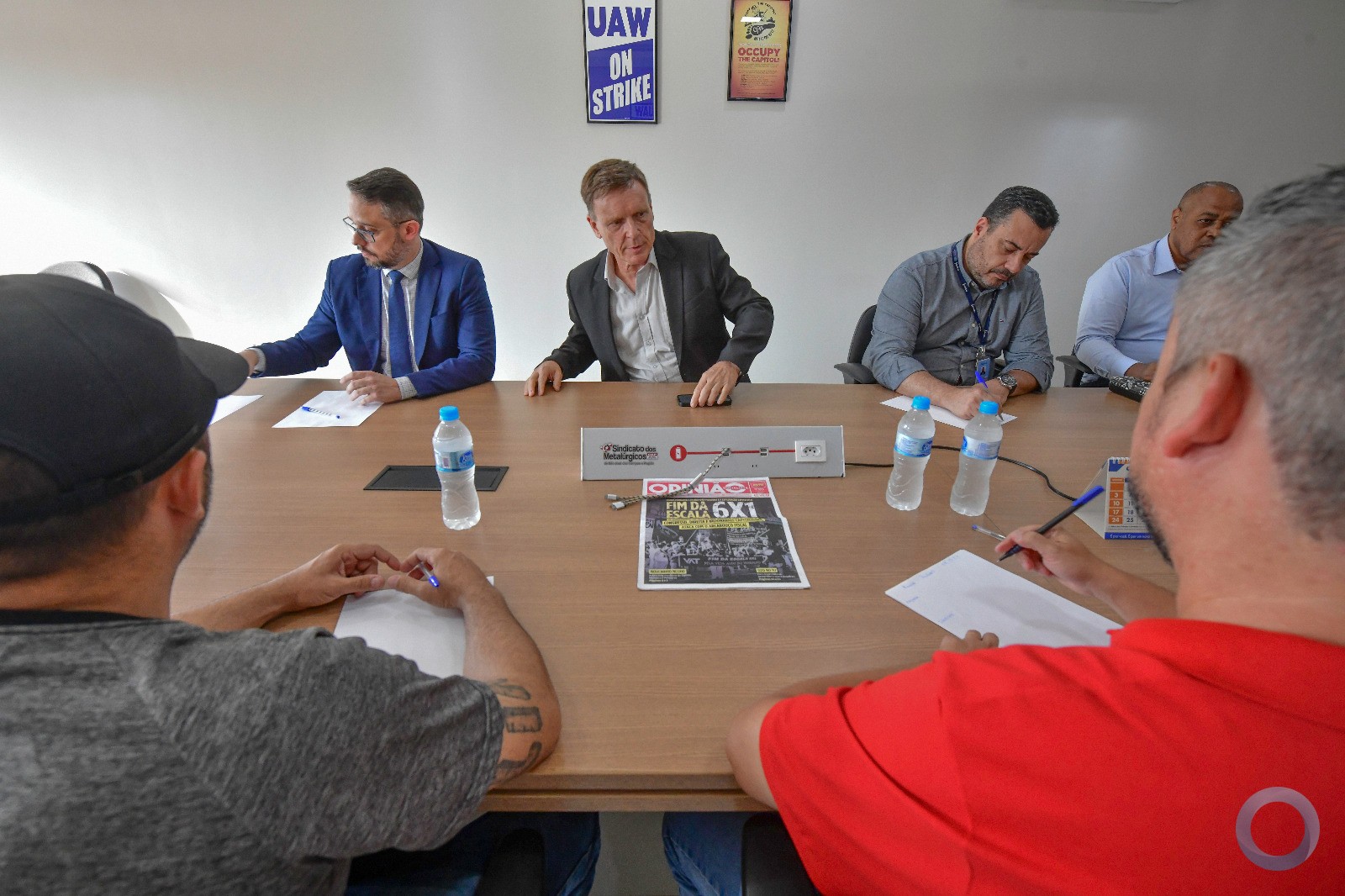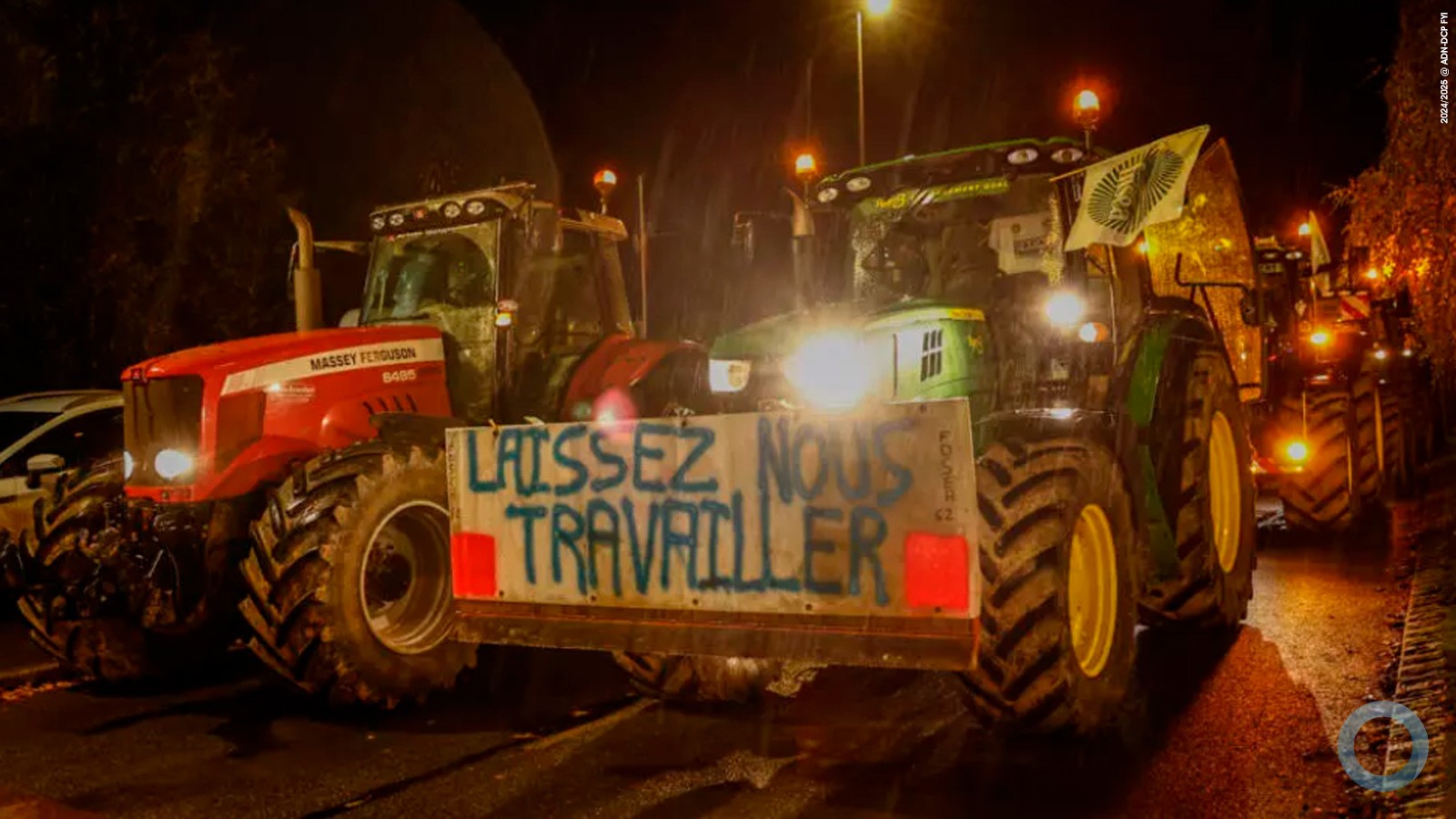Eduardo de Oliveira Fernandes
Until recently, to assert or publicly recognize the existence of criminal organizations and their activities in Brazil, and to also acknowledge the impact of terrorist acts within Brazilian territory was extremely controversial, both for political authorities and security forces, because the responsibility to combat, contain and deter those activities rested with the latter.
Even when many opposing views are allowed, the federal government recently approved two pieces of legislation initiated by congress:
· Law No. 12.850 approved on August 02, 2013, defines criminal organizations and regulates criminal investigation, the means of obtaining evidence, related criminal offenses, and criminal prosecution.
· Law No. 13.260, approved on March 16, regulates the provisions set forth on item XLIII of Article 5 of the federal constitution, defining terrorism, regulating the investigative and procedural provisions, and reformulating the concept of a terrorist organization.
These initiatives demonstrated that the dynamics of Brazilian crime evidenced in the new millennium had advanced towards a clearly transformational environment, such as had already occurred in the 20th century, traversing and advancing on a long journey resembling a via crucis in reverse; however, this time, incorporating an unforeseen terrorist phenomenon.
Historical background of organized crime and the weakness of the state
To talk about organized crime in Brazil, from a historical perspective, takes us first to the end of the 19th century and the beginning of the 20th century. More precisely, it takes us to the criminal phenomenon known as “cangaço,” an organized, hierarchical gang with a strong leadership imposed by force and violence, whose activity was to invade cities and small villages in order to loot, rape, rob and, in many cases, commit homicides, flagrantly opposing the “coronelismo” (colonial figure that defined the complex structure of power of individuals – el coronel – over society or the state) that controlled politics and that, to an extent, reflected the patriarchy embedded in the social, cultural, and political roots of Brazilian society.
Despite the perversity of their actions, because of their humble origin, the cangaceiros were able to gain the support of the local population in some instances, hence the reason why some historians coined the term “social banditry”, perhaps an allusion to the British literary production “Robin Hood: Prince of Thieves.” At the same time the cangaço initiated its actions, and before the proclamation of the Republic, Dom Pedro II instructed the Baron of Drummond to promote more direct efforts with the local population to increase visits to the Rio de Janeiro Zoo, especially among the less privileged classes, in order to popularize the institution. Baron de Drummond created a lottery at the entrance of the zoo, in which visitors would choose a number based on 25 animals, consisting of groups of four numbers, and place a bet. At the end of the day, a drawing was held and the winner would receive the amounts wagered.
After the birth of the Republic, the new government discontinued the lottery, which was taken over by private gamblers and became known by the nickname “jogo do bicho” or The Animal Game. Due to its focus on the lower income levels, the jogo do bicho enjoyed a certain degree of legitimacy, mostly because it employed the elderly and retirees to collect the bets, providing an additional source of income for this group and fostering a putative “welfare”.
Throughout the 20th century, emblematic leaders such as lottery vendor Castor de Andrade, gained great public notoriety for financing samba schools with resources from his illegal activities and for offering bread and circus to his community.
The jogo do bicho began to show signs of financial deterioration, and therefore, more sophisticated standards had to be employed both for the laundering of resources and for its expansion, resulting in an increase in new criminal activities such as drug trafficking, weapons trafficking, and, more recently, the sale and exploitation of slot machines.
The transformation of organized crime
The peak of the armed conflict in Brazil occurred during the historical period of the Military Regime (1964-1985), when common criminals and political prisoners were incarcerated in the same prisons. This unique phenomenon, known at the time as “Falange Vermelha”, emerged from the prison community of the Instituto Cândido Mendes, between 1969 and 1970, in Ilha Grande, Rio de Janeiro. Prisoners with sentences based on the National Security Law (known by the Portuguese acronym LSN) and common criminals made up the population of the prison.
Subsequently, the Comando Vermelho (CV per its Portuguese acronym) emerged. It was founded by prisoners Willian da Silva Lima (the "professor"), Rogério Lengruber, Paulo César Chaves, José Jorge Saldanha, Eucaran de Azevedo, Ianey de Castro and Apolinário de Souza, who were responsible for the dissemination of a high degree of politization within the prison community, and which was replicated by criminals in general and in the favelas controlled by drug trafficking.
Despite the country's re-democratization, crime in Brazil had become more sophisticated, both in its organization and operation, because in addition to adopting business management practices, it began to act in a more direct and aggressive manner through waves of attacks against political, justice, and police authorities, whose modus operandi resembled the expediency previously used by terrorist organizations; undoubtedly a new phenomenon.
The new terrorism I
Even in light of the recent criminalization of terrorism, defined by law as acts committed by one or more individuals because of xenophobia, discrimination or prejudice toward race, color, ethnicity and religion, when committed for the purpose of causing social or widespread terror, or to expose people, property or public safety to danger, a correlated risk emerges and must be acknowledged.
From this hypothesis, criminal terrorism becomes apparent, by the use of armed violence as an instrument of social or widespread terror, exposing people, property or public safety to danger, under the leadership of criminal organizations with illegitimate and illegal purposes, driven by financial gain.
In this context, it is important to note that the states of Rio de Janeiro and São Paulo, despite not exclusively sustaining the actions of criminal organizations within their societies, come to mind when this new criminological phenomenon emerges due to the economic, social, and media dominance and by the emblematic prominence that the acronyms CV – Comando Vermelho (Red Command) and PCC – Primeiro Comando da Capital (First Command of the Capital) represent and their respective history in the Fluminense (Rio de Janeiro) and Paulista (São Paulo) societies.
The state of São Paulo
Without a historical precedent in Brazil, the waves of attacks, especially those that occurred in May 2006 in São Paulo, stimulated the imagination and reasoning by producing a new narrative on criminal organization activities.
The initial wave of five attacks carried out by the PCC in the state of São Paulo reached its peak between May 12-17, 2006, victimizing primarily military police officers, who were ambushed, as well as police officers, firefighters, corrections officers, and municipal guards.
In 2012 there was a new wave of attacks in the state of São Paulo; however, at that time, they were undertaken with a different profile and without directly targeting the state. Instead, they used a “low intensity” strategy that targeted off-duty military police officers in the streets and away from the barracks. The attacks revealed the security forces’ obvious fragile situation when confronted by the element of surprise, since criminals had greater mobility and speed. They forced police to change from their state of comfort and peace of mind to a state of alarm and tension, as advocated by Carlos Mariguella in his Manual of the Urban Guerrilla.
Based on asymmetric warfare, the PCC's terrorist actions targeted the state, publicizing the strength of a prison gang and sending a coded message to members on the streets to continue managing the drug trafficking business and other similar crimes.
The state of Rio de Janeiro
In December 2006, the state of Rio de Janeiro, scene of a number of organized criminal activities, was the target of a wave of attacks perpetrated by criminal organizations characterized by drug traffickers who were reacting against militia activities and seeking to regain control of old drug outlets and areas of influence inside favelas.
The actions were organized by the drug lords from Cidade de Deus and Morro da Mangueira, since 92 of the 712 favelas located in Rio de Janeiro were run by militias formed by former police officers, former members from the Armed Forces, and former firefighters, as well as property and asset security officers who controlled everything from gas supply to illegal access to cable television, as well as racketeering.
Similar to the phenomenon in São Paulo, and even considering the criminal organizations’ high degree of politicization in Rio de Janeiro, disputes involving different militias and organized crime groups represented nothing more than a war for economic power in which the territories to be controlled became the scenes of disputes with the use of terror as an instrument of war.
The new terrorism II
The different stages of the evolution of criminal dynamics demonstrated the fragility of the state and its institutions. Again, some Brazilian federal entities and their respective geographic areas previously defined by political relations of sovereignty and power began to feel the effects of an apparent structural weakness. Nevertheless, if in some way the division of the political powers within the government had already been envisioned with the rise of a “post-Weberian” state before considering the monopoly of the use of force and likewise the sedimentation of a “post-Clausewitzian” asymmetric conflict, especially in the insurgency of criminal organizations against the state, a new metamorphosis in the criminal dynamics was taking shape and was spreading its tentacles while the perplexed population and security forces watched in disbelief.
The New Cangaço I: Criminal groups operate in the Northeast countryside
In the countryside of northeastern Brazil, a new form of crime took on more sophisticated forms of execution, evidenced by the outbreak of bank robberies, ATM explosions, taking common citizens as hostages and direct threats towards the security forces. Acting as a well-trained gang and, at the same time, united by traits of clan-like affinities consisting of approximately 40 heavily armed members, each one with a specific and well-defined role, the modus operandi employed by these criminals was to control entry and exit points of a small town to restrict the people’s right to come and go and to impose rules by means of force and intimidation.
In carefully planned actions, some of these criminals were tasked with committing acts of burglary and blowing up banks, others with robbing post office branch offices while at the same time being careful not to neglect their primary criminal activities linked to drug and arms trafficking. Characterized by nomadism, without a specific territory except for identifying vulnerabilities, and with a large repertoire of criminal activities, it is very difficult to predict the actions of the new cangaço in the Northeast, especially if we consider that, in addition to their degree of sophistication, there remains a concern to avoid continuity solutions. For this, they take preventive measures so that not all criminal leaders participate in the same criminal action, thus maintaining a strategic reserve for the continuity of the gang, even if some of their members are arrested.
The cangaço from São Paulo: Criminal groups operate in the dead of night
Bolstered by highly sophisticated planning and highly qualified operatives, in 2015 and 2016, the new cangaço also marked its presence in São Paulo territory, which began to feel the effects of a new and difficult to combat type of crime. Without ideological or political objectives or xenophobic, discriminatory motives or prejudice based on race, color, ethnic and religious discrimination in the studied case – as specified in the legal text regarding terrorism in Brazil – the exposure to danger of people, property or public safety is only directed at excessive profiteering by means of mega robberies against armored vehicles and large bank branches.
Unlike the Northeast, where it operates in small cities, the São Paulo cangaço is found in large cities in the country's interior and in the metropolitan region which house real bunkers, such as Campinas, Santos, Ribeirão Preto, and Santo André. In addition, the large financial losses that, according to reports from the companies in the sector, totaled approximately $ 47 million, the great turmoil and concern caused by the overexposure of several communities to the subversive effects of terrorism, affected by the trail of destruction caused by the explosion of buildings and fortifications, shots fired from long-range machine guns employed only by the Armed Forces, and the killing of security forces officers and private security personnel is also stunning.
Data from the Folha de São Paulo newspaper list and describe the following mega robberies in the state of São Paulo:
· Campinas – Action carried out by approximately 20 men armed with assault rifles who blew up the headquarters of the Prosegur company on November 6, 2015. Later, on March 14th, a criminal group blew up the wall of Protege headquarters, where, in addition to burning vehicles, they got away with $ 15 million;
· Santos – On April 4th, a criminal organization blew up the entrance of Prosegur company, stealing $7.5 million and killing two military police officers and an employee of the company in cold blood;
· Ribeirão Preto – On July 5th, an armed and organized gang used explosives and rifles to destroy local energy transformers and stole $17.6 million ; a military police officer at the scene was coldly executed;
· Santo André – On August 17th, a group armed with assault rifles and explosives attacked the headquarters of Protege, however, they were unsuccessful in stealing financial resources.
In one way or another, all these events, in addition to the financial losses and the loss of human lives, especially those of members of the security forces, have caused a sense of impotence in government and society. After taking into account all the financial and psychological damages, the final result is the surge in meticulous criminal operations with planning and division of tasks, expertise in handling explosives, total visual and territorial control of the theater of operations, and the establishment of containment areas and escape routes, in addition to the notorious tactic of eliminating security force members to weaken and destabilize police efforts and, thereby, destroying their responsiveness and ability to counter when confronted with explosions and intermittent firing of .50 Caliber machine guns. Nevertheless, there is no evidence of PCC members directly participating in these terrorist acts; however, the logistics, use of weapons and expertise could indicate this.
The actions and reactions of the public and private sector
The recurrence of this phenomenon has caused reactions among key public and private players. According to the Brazilian Association of Cash Transporters (ABTV, for its Portuguese acronym), large investments were made to reinforce the physical structure of its fortifications and bunkers, in addition to increasing the thickness of safes and sentry houses, with the hope that they will become more efficient shields against assault rifles and .50 Caliber machine guns.
The public sector is left with the overwhelming and sometimes inglorious efforts to find legal and operational alternatives to confront these criminal organizations. The employment of intelligence operations and measures is the most appropriate, since the logic and philosophy of public law and order, for obvious reasons, should not permit the application of the logical metaphor of war, even if such criminal events are presented as a la1tent enemy of civilized society. In this context, situational prevention and the development of intelligent technologies that would enable the sharing of information from both actors will lead the way in an attempt to avoid direct physical confrontation, clarifying the need to control the territory using electronic fences and to conduct surveillance by using cameras at different levels of security and the fog shields in bunkers.
In other words, the combined efforts of public and private agents, even if they cannot immediately contain, deter and eliminate such an unusual criminological phenomenon, will at least be able to circumscribe a response and a civilizing framework for the sector and, consequently, the affected communities.
Conclusion
The arguments and ideas on the subject matter proposed by this article indicate that criminal organizations have unequivocally strengthened and developed their range of activities, overcoming rites of passage, atavisms, and intermediate stages, and have consolidated as developed criminal bodies with broad windows of opportunity for improvement, since they are not encumbered by legal ties or rely on ethical judgments.
The state and Brazilian civil society, in turn, depend, at each confrontational step or attitude – even when public order is obviously deteriorating – on legitimate and legal support to protect themselves when they’re not able to apply the means of what Machiavelli called “original terror,” in which the diffusion of fear would represent the guarantee and validity of law and order.
Finally, this inconsistency, made notable by the limitations imposed on security forces and the freedom criminal organizations enjoy, point to the expansion of criminal terrorism and the very relative role of Leviathan in what is constituted as its essence, that is, the civil relegation of the monopoly of the use of force and the effective control of its territory.






